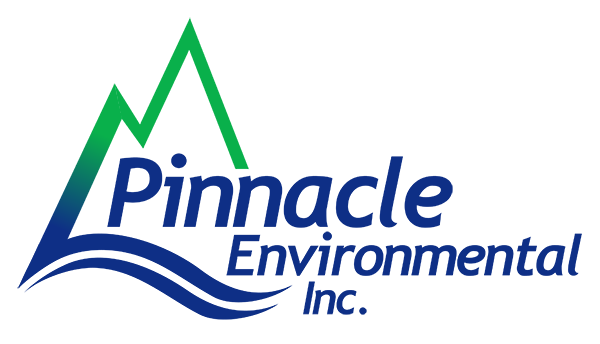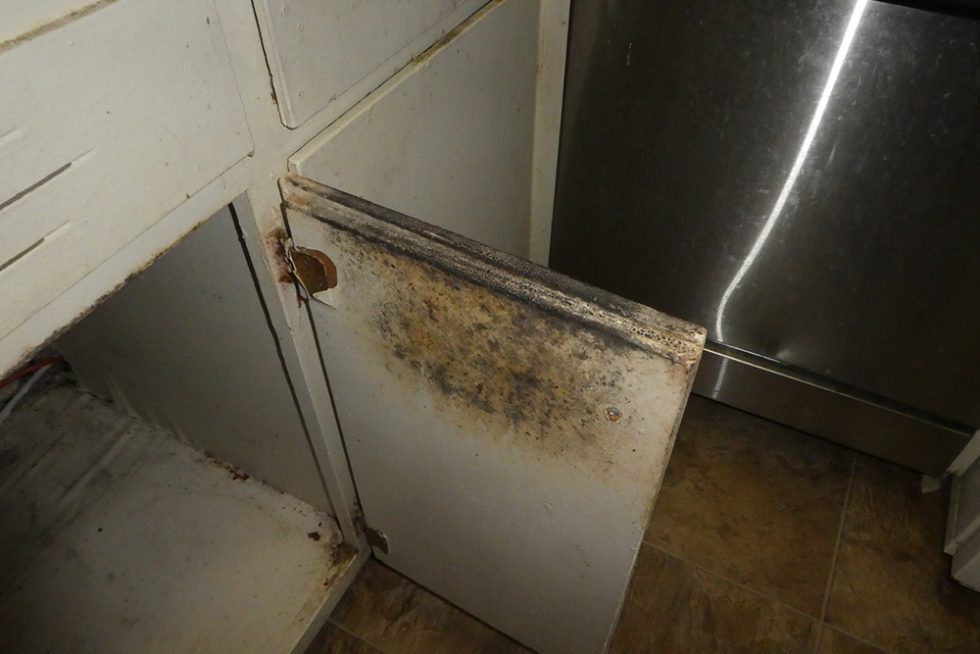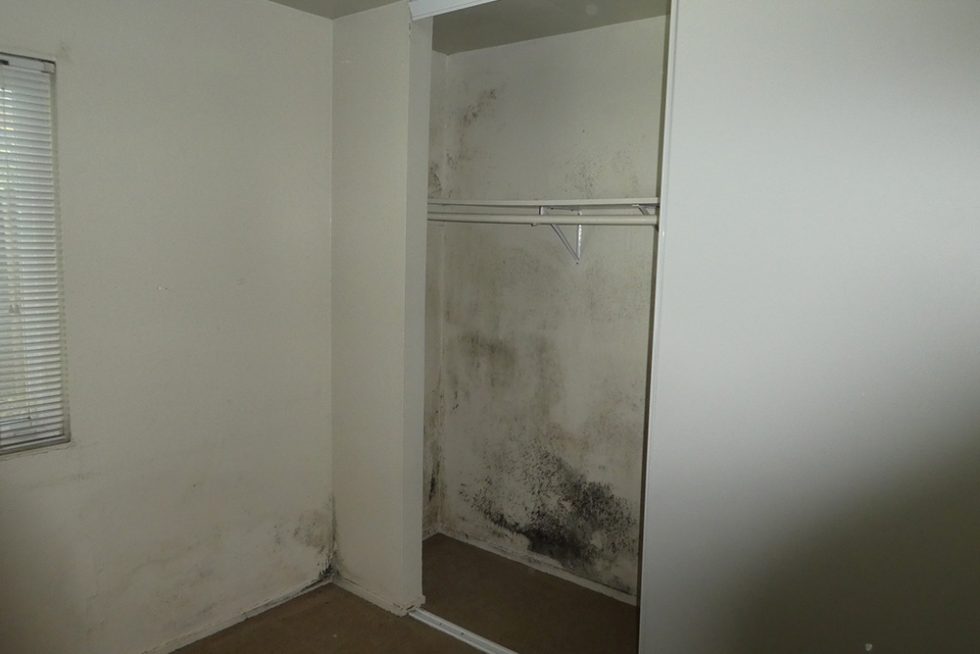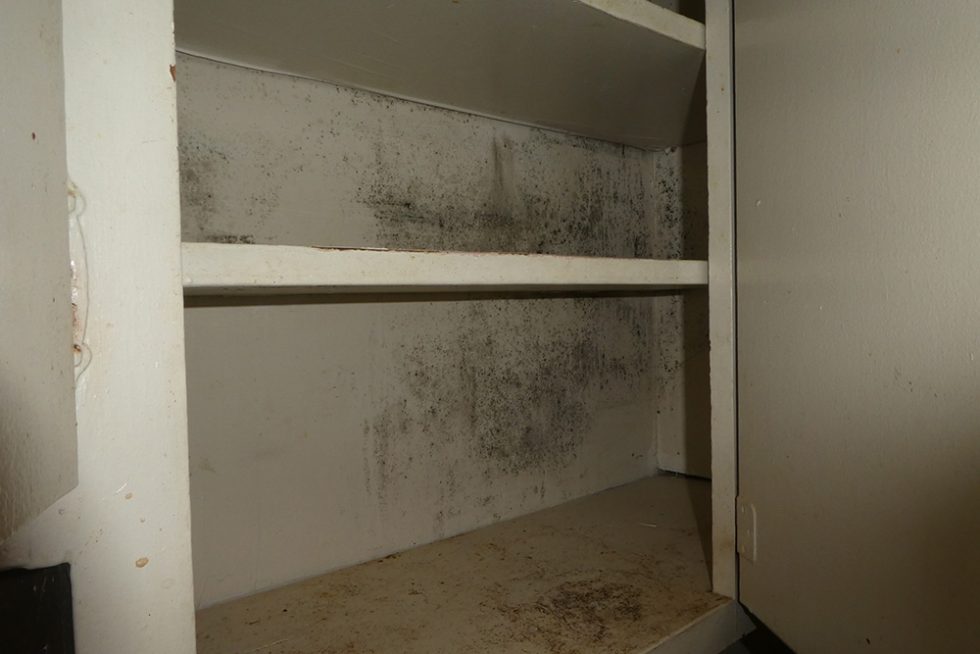Mold Testing & Remediation
Mold Testing & Remediation
Mold is a type of fungus that can grow on various surfaces, including walls, ceilings, floors, and furniture, and can cause health problems such as allergies, asthma, and respiratory issues. Mold testing is a process of evaluating the presence of mold growth in indoor environments, identifying the type of mold, and assessing the extent of contamination. This evaluation is performed by trained professionals using specialized equipment and techniques. After identifying a mold problem, the next step is remediation, which encompasses the secure and efficient removal of mold and the implementation of preventative measures to reduce the likelihood of future growth.
How do you test for Mold?
Mold testing typically involves a thorough visual inspection of the property to identify areas of moisture and visible mold growth. In addition to visual inspection, air and surface samples may be taken to determine the type and concentration of mold present. The following are several types of mold testing methods that can be used to assess the presence and extent of mold contamination:
-
- Air Sampling: This method involves collecting air samples to measure the concentration of mold spores in the indoor environment. It can be done using various techniques such as impaction, cassette sampling, or spore trap sampling. Air sampling helps determine the type and quantity of airborne mold spores present.
- Surface Sampling: Surface sampling involves collecting samples from suspected mold-contaminated surfaces using swabs, tape lifts, or bulk samples. These samples are then analyzed to identify the types and quantities of mold present on the surfaces. Surface sampling is useful for identifying visible mold growth and assessing the extent of contamination.
- Bulk Sampling: Bulk sampling involves collecting physical samples of materials suspected of harboring mold growth, such as pieces of drywall, carpet, or insulation. These samples are analyzed to determine the presence and types of mold present within the materials.
- Dust Sampling: Dust sampling is conducted to assess the levels of mold spores and other particulate matter present in settled dust. Dust samples are collected using specialized collection devices or vacuuming techniques. Analysis of the dust samples provides insights into the indoor environment’s overall mold contamination and air quality.
The selection of the appropriate mold testing method depends on the specific circumstances and goals of the assessment. Mold testing should always be conducted by a trained and experienced professional, as improper testing procedures can lead to inaccurate results and may even exacerbate the mold problem. Once testing is completed, the results are analyzed to determine the extent of the mold growth and develop a plan for remediation.
How is mold mitigated?
Mold mitigation involves a series of steps to remove mold growth and restore a healthy indoor environment. The specific process can vary depending on the extent and location of the mold contamination. Generally, the steps involved in mold mitigation are:
-
- Assessment: A thorough inspection of the affected area is conducted to determine the extent of the mold growth, identify the source of moisture, and assess any potential health risks.
- Containment: Containment measures are implemented to prevent the spread of mold spores to unaffected areas. This may include sealing off the contaminated area, using physical barriers, and creating negative air pressure with the help of air filtration devices.
- Mold Removal: The physical removal of mold-infested materials, such as drywall, carpeting, or insulation, may be necessary depending on the severity of the contamination. Contaminated materials are carefully handled and disposed of properly to prevent further spread of mold spores.
- Cleaning and Disinfection: Surfaces within the affected area are thoroughly cleaned and disinfected using appropriate antimicrobial solutions to kill remaining mold spores and inhibit future growth. HEPA vacuuming and specialized cleaning techniques may be employed.
- Drying and Dehumidification: Addressing the moisture source is crucial to prevent mold re-growth. Drying and dehumidification techniques are implemented to eliminate excess moisture and maintain optimal humidity levels in the environment.
- Air Filtration: High-efficiency particulate air (HEPA) filtration devices are used to capture airborne mold spores and maintain clean air during the remediation process.
- Post-Remediation Verification: A final inspection and testing are conducted to ensure that the mold remediation was successful. This may involve air and surface sampling to verify that mold levels are within acceptable limits.
Mold remediation should be carried out by trained professionals with the necessary knowledge, equipment, and protective gear to remove mold and restore a healthy living or working environment safely and effectively.
What are the environmental and health concerns associated with mold, mildew, and fungus?
Environmental and health concerns associated with mold testing, black mold testing, and fungus are primarily related to their potential impact on indoor air quality and human health.
-
- Mold: Mold can release spores into the air, which can be inhaled and cause respiratory issues, and allergic reactions, and exacerbate existing respiratory conditions. Prolonged exposure to mold spores may lead to more severe health problems, especially for individuals with compromised immune systems or respiratory sensitivities.
- Mildew: While mildew is a specific type of mold, it can still pose health concerns. Inhalation or contact with mildew spores can cause allergic reactions, respiratory irritation, and skin irritations. Prolonged exposure may lead to chronic respiratory issues.
- Fungus: Various types of fungi, including molds, can produce toxins known as mycotoxins. Exposure to mycotoxins can result in allergic reactions, respiratory problems, skin irritation, headaches, fatigue, and even neurological symptoms in some cases.
Additionally, mold, mildew, and fungus can contribute to structural damage and degradation of materials in buildings if left untreated. They thrive in damp and humid environments, and their growth can lead to the deterioration of surfaces, weakening of structures, and potential for costly repairs.





